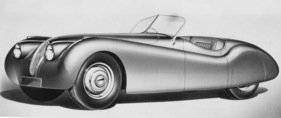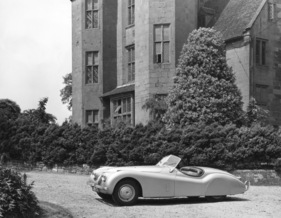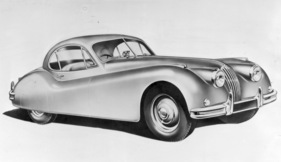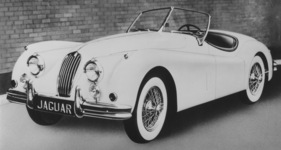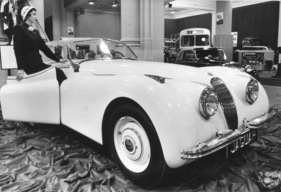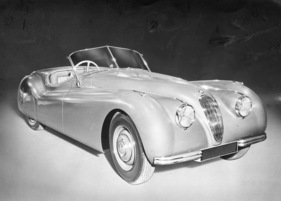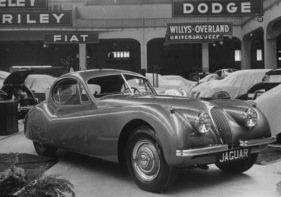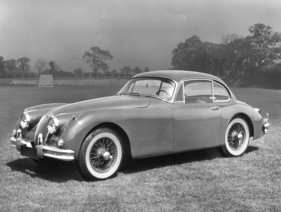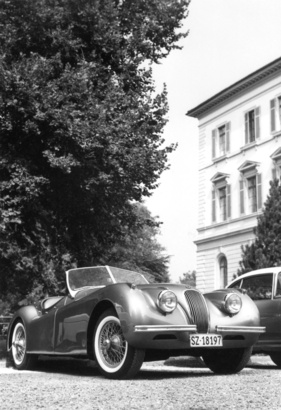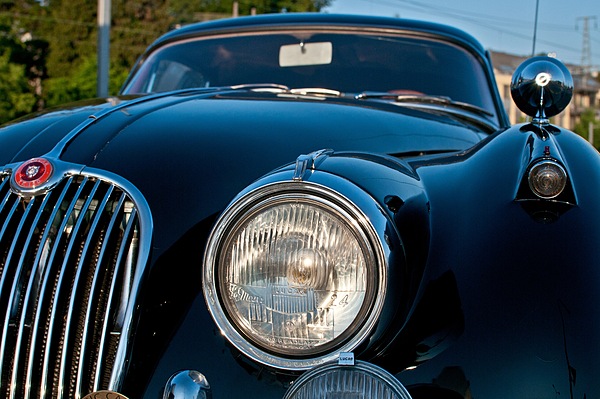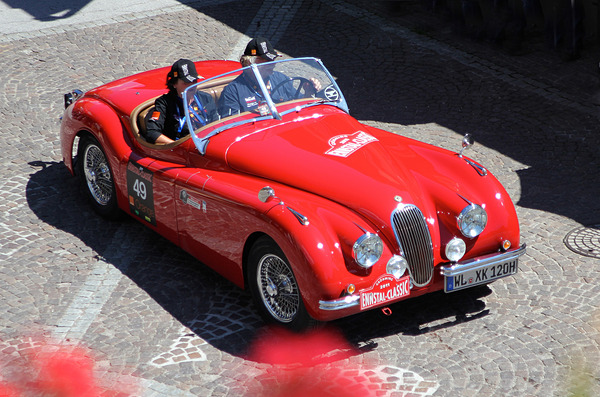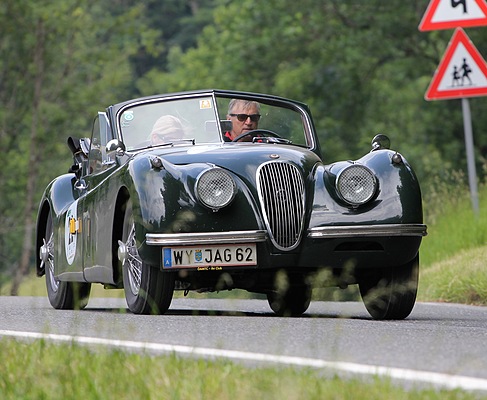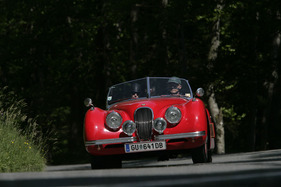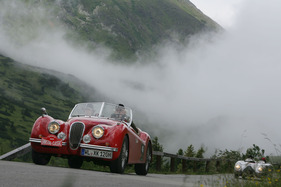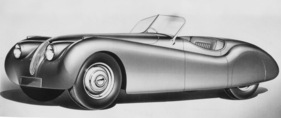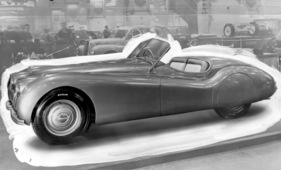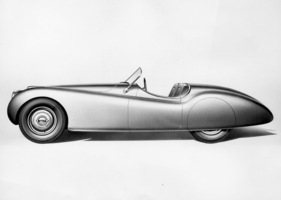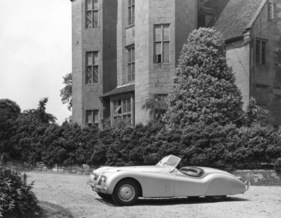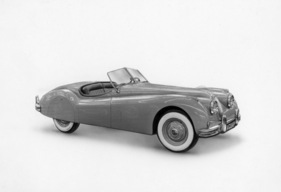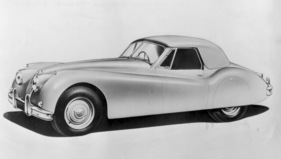The Jaguar XK 120, 140 and 150 - history, successes and competitors
Summary
The Jaguar XK 120 to XK 150 were the benchmark in sports car competition from 1948 to 1961. No other manufacturer offered such good performance for less money. The fast and elegant sports cars were also a commercial success. This article takes an in-depth look at the various models, their predecessors and successors and is supplemented with many contemporary photos and original documents.
This article contains the following chapters
- The predecessors Jaguar SS 90 and SS 100
- Jaguar XK 120, the star of the 1948 London Motor Show
- Technological innovation in the Jaguar XK 150
- The Jaguar XK 120, 140 and 150 models today
- Production figures for the various Jaguar model series - 1945 to 1973/75
- Technical data
- Further information
- More comfort in the Jaguar XK 140
- The E-Type as the successor to the XK series
Estimated reading time: 23min
Preview (beginning of the article)
Jaguar could already look back on a long history when the XK 120 was launched in 1948 and became the star of the London Motor Show. However, the XK series was more successful than any Jaguar car before it and established the company as the benchmark in the sports car market. Only the E-Type was able to take a similarly large step forward and was a worthy successor to the XK sports cars. The predecessors Jaguar SS 90 and SS 100 The company "Swallows Sidecars", founded by William Lyons and William Walmsley in Blackpool in 1922, originally produced - as the name suggests - motorcycle sidecars. From 1927, sporty bodies were also built for the chassis of vehicle manufacturers Austin and Standard. After moving to a more spacious factory in Coventry, the company introduced its first vehicle in 1931 on its own, particularly low chassis, which allowed for more elegant and sporty lines. The vehicle, a two-door saloon, was assembled at Standard and fitted with Standard engines, accordingly the car was named SS (Swallows/Standard). There were two versions: The SS 1 with a six-cylinder engine with an initial displacement of 2 and 2.5 liters and the SS 2 with four-cylinder engines with between 1 and 1.6 liters of displacement.
Continue reading this article for free?
Photos of this article


